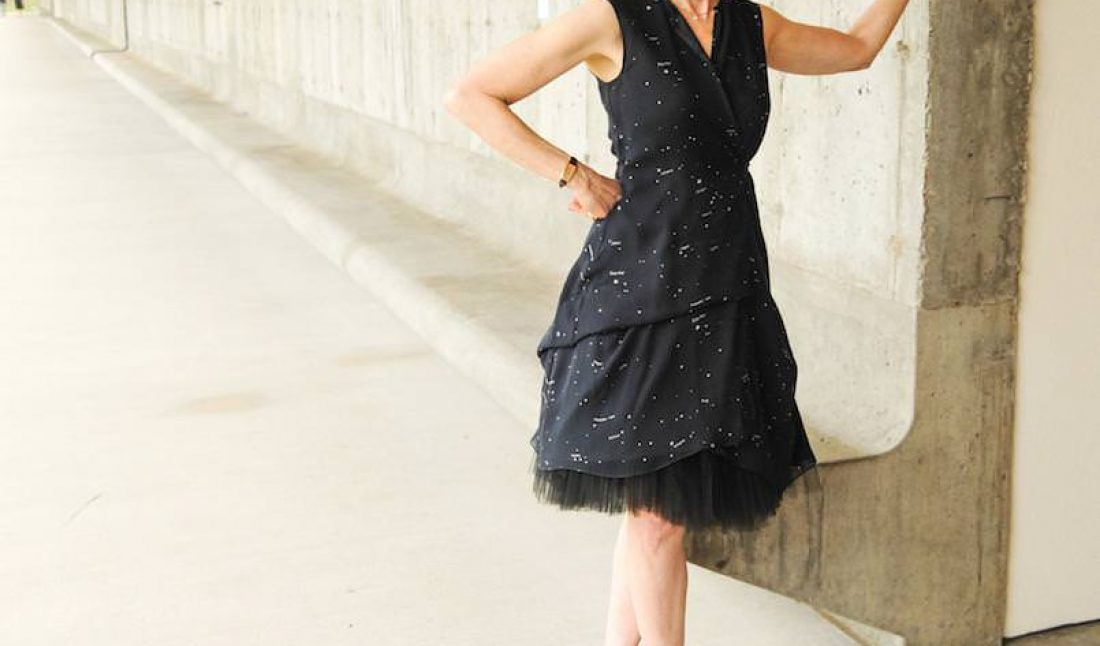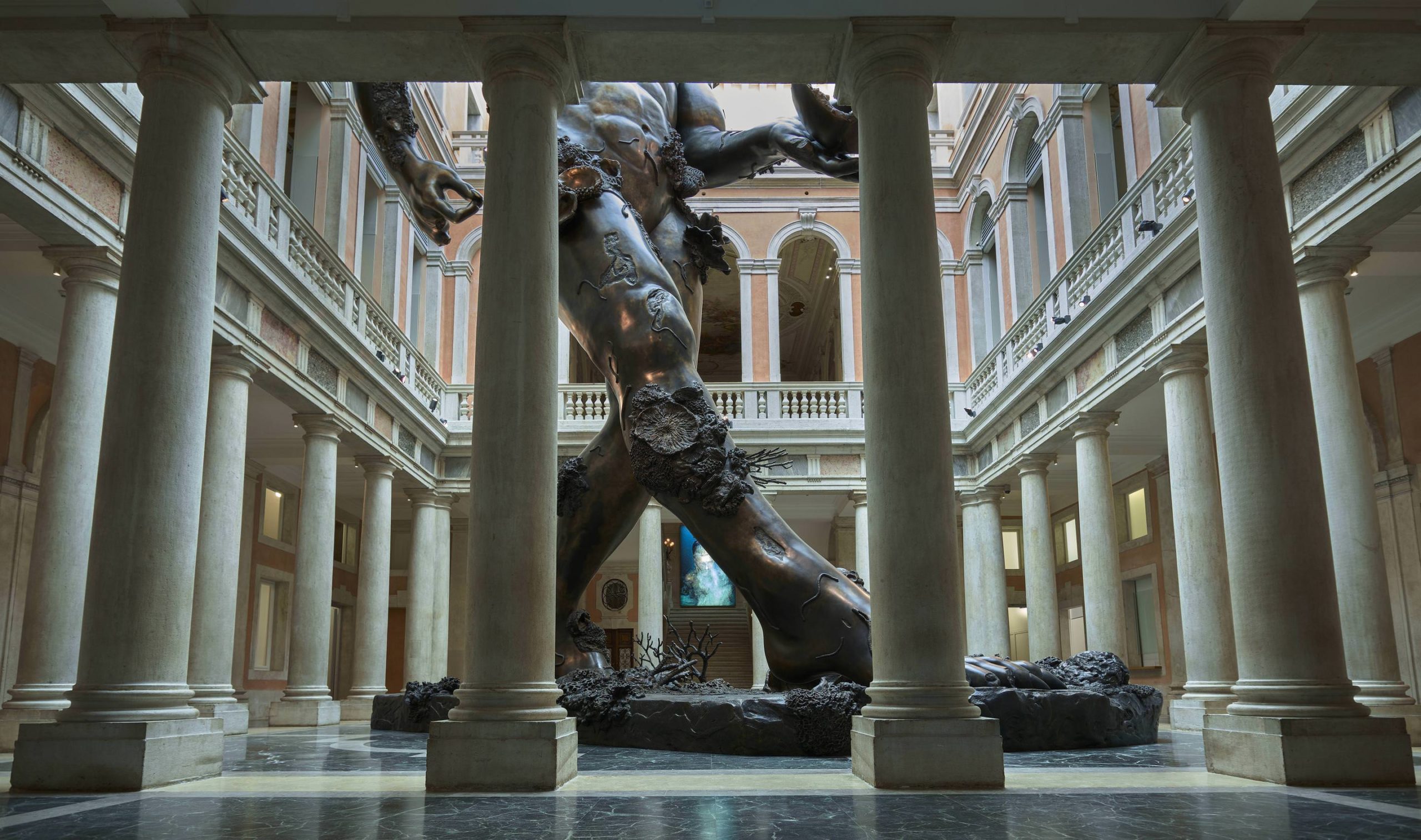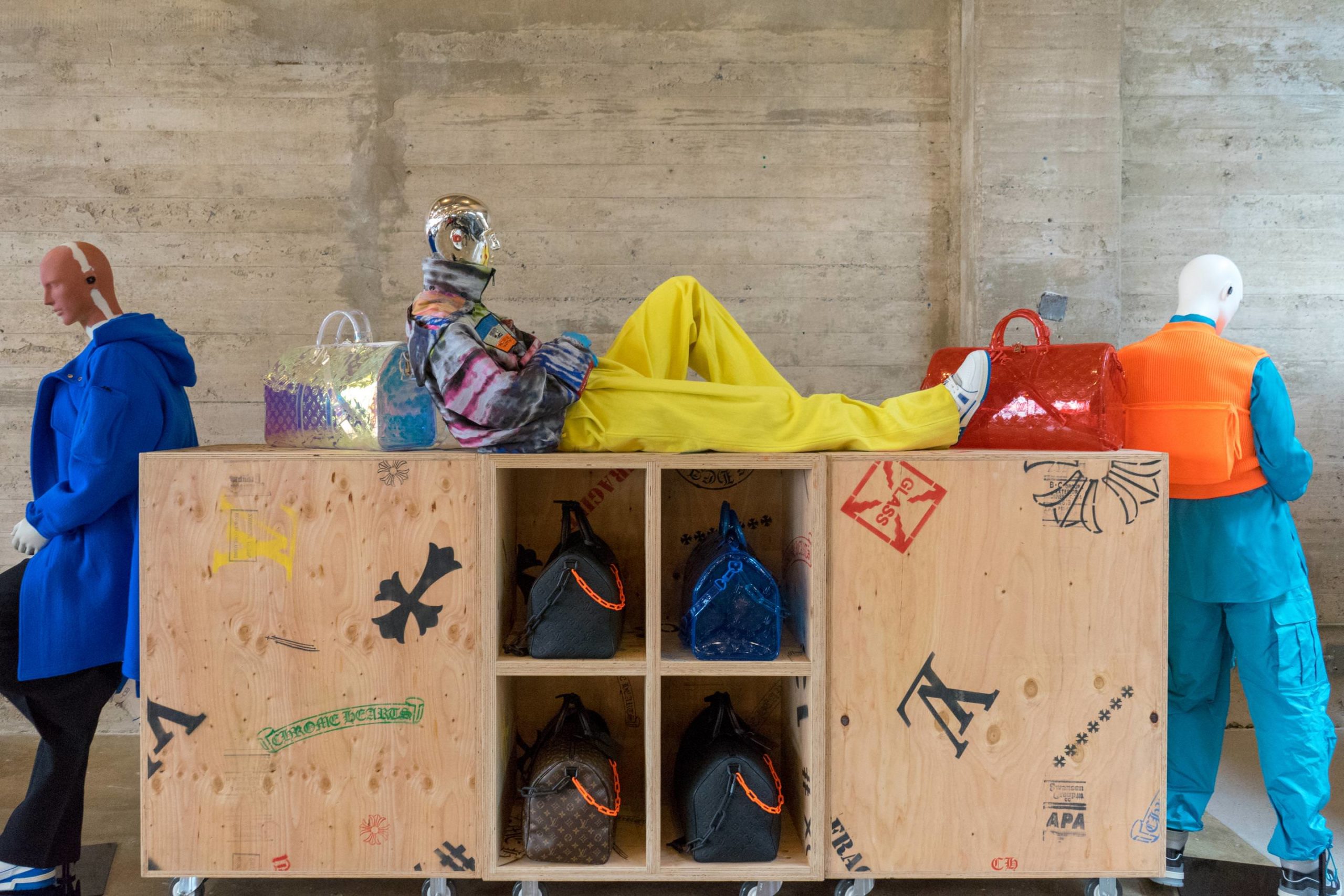Terrie Sultan grew up in a creative household—her father painted, her mother was an actress, her brother Donald became a painter—but it was a trip to see a Picasso exhibition at MoMA that changed everything for her. It made her wonder about what would cause someone to make that and how it got on the walls. The question, “Where do ideas come from?” has been driving her ever since, seeing her through curatorial roles at the New Museum, at the Corcoran Gallery of Art, and now as the director of the Parrish Art Museum. Since 2008 she has overseen the fundraising, construction, and opening of the museum’s Herzog & de Meuron–designed building, which has allowed her and curators to restage an extensive permanent collection and annual temporary exhibitions. This summer, shows by Chuck Close, Andreas Gursky, and a special project by Tara Donovan are on view. We spoke with Sultan about the museum’s future programming and the unique community of artists at the East End of Long Island.
WHITEWALL: You’ve said of the Hamptons community, “There are no other places where there’s such a huge conglomeration of artists.” What is it about the area that draws artists, do you think? And continues to draw artists?
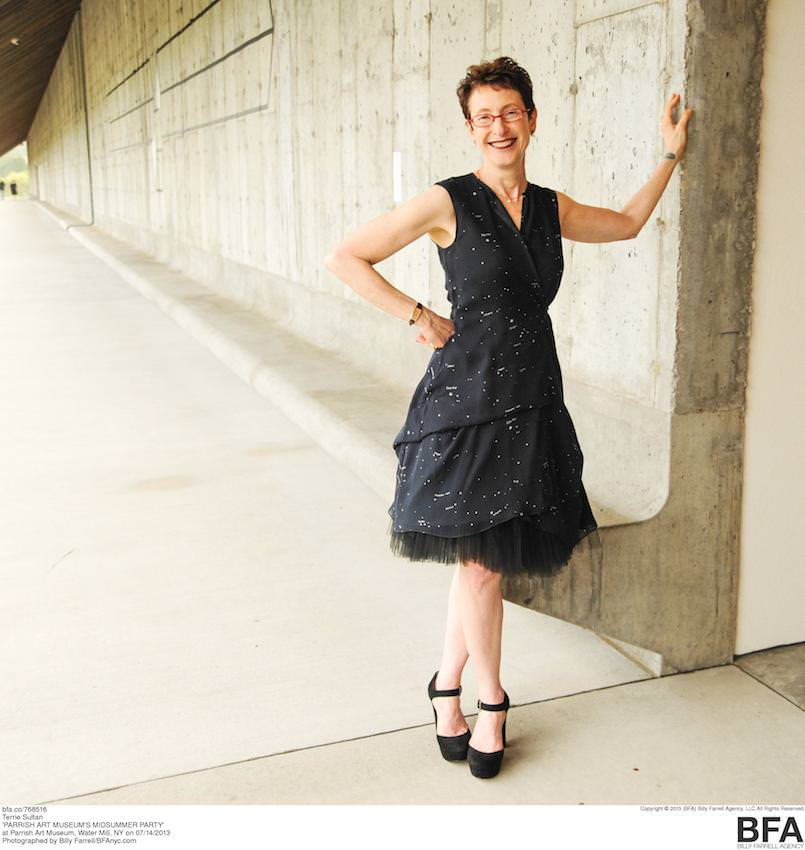 Terrie Sultan
Terrie Sultan
TERRIE SULTAN: What drew the late 19th-century artists like William Merritt Chase and early 20th-century artists like William Glackens to the area was the light and nature. These were artists who often painted outside, who were drawn to depictions of seascapes and landscapes, and people interacting with nature and each other in a relaxed way. Fairfield Porter came for somewhat the same reasons—a casual lifestyle very conducive to working and close enough to the city to maintain access there. Once artists populate an area, others follow. The postwar generation of Jackson Pollock, Willem de Kooning, and their colleagues and friends came because they could establish studios inexpensively and have each other to talk to. This remains true today. Community breeds community in a good and productive way.
WHITEWALL: The new home for the Parrish, designed by Herzog & de Meuron, opened in 2012. In the three years since, what have been some of the more remarkable ways that the space has transformed how you can both display the permanent collection and showcase temporary exhibitions?
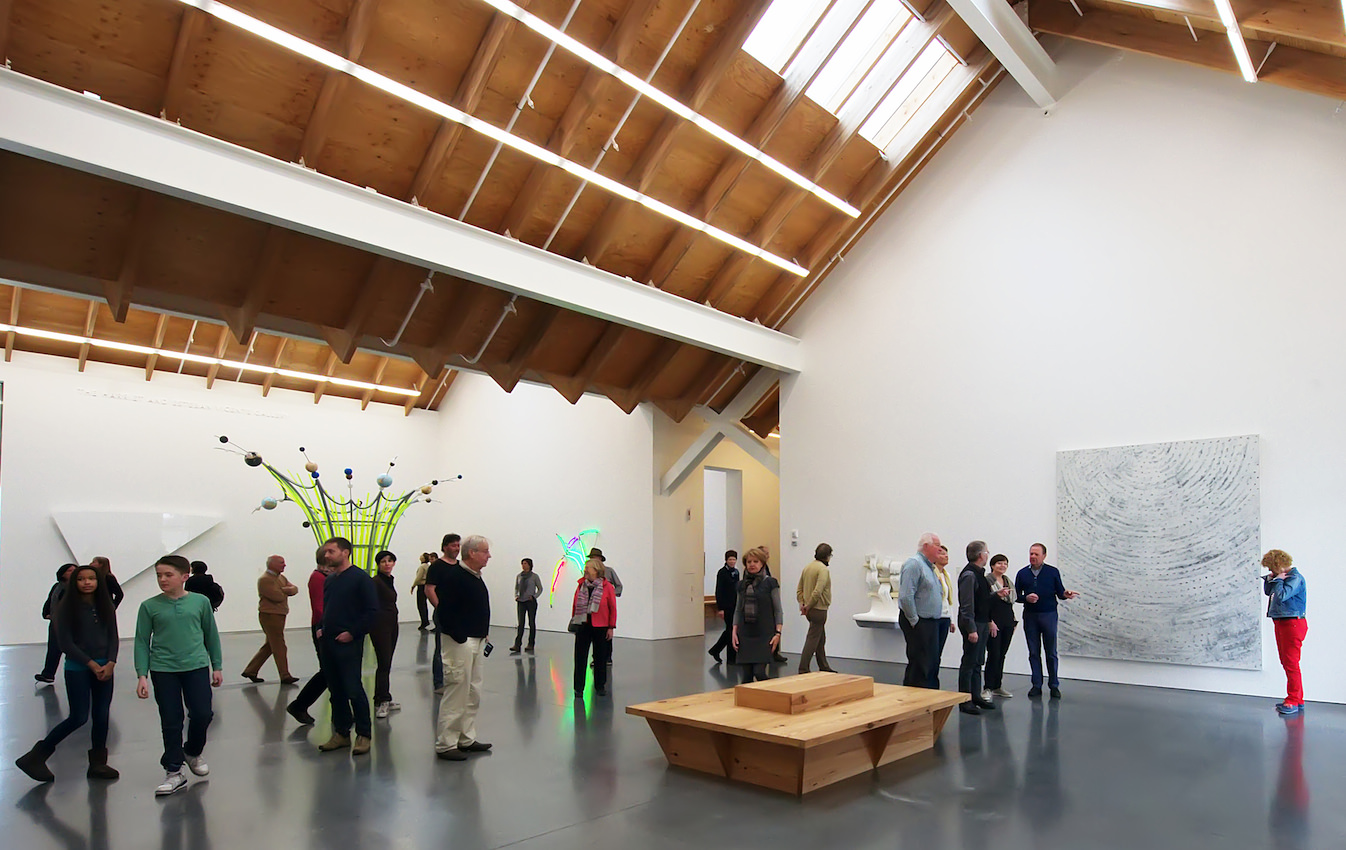 Parrish Art Museum, Water Mill, New York. Photo: Daniel Gonzalez
Parrish Art Museum, Water Mill, New York. Photo: Daniel Gonzalez
TS: The Parrish former home provided only 4,500 square feet of exhibition space, and even that small space was very challenging architecturally. Working with Herzog & de Meuron, the museum was able to create what are to my mind the most perfect galleries. The proportions are palpably welcoming to artworks: the rooms are intimate without feeling small and the ceilings are soaring but not grandiose. We now have more than 12,000 square feet of gallery space, giving us the flexibility to show many works from the permanent collection while simultaneously mounting temporary exhibitions. Two and a half years into the new building we are still learning all the nuances of the spaces, but our philosophy is one of patience—meaning that as curators, if we are patient, the artworks tell us where and how they want to be seen.
WW: Speaking of the permanent collection, that’s been a major focus for you as director, to make better use of the collection of more than three thousand works. Have you or other curators made any surprising discoveries from the extensive collection while working to hang it within the Herzog & de Meuron space?
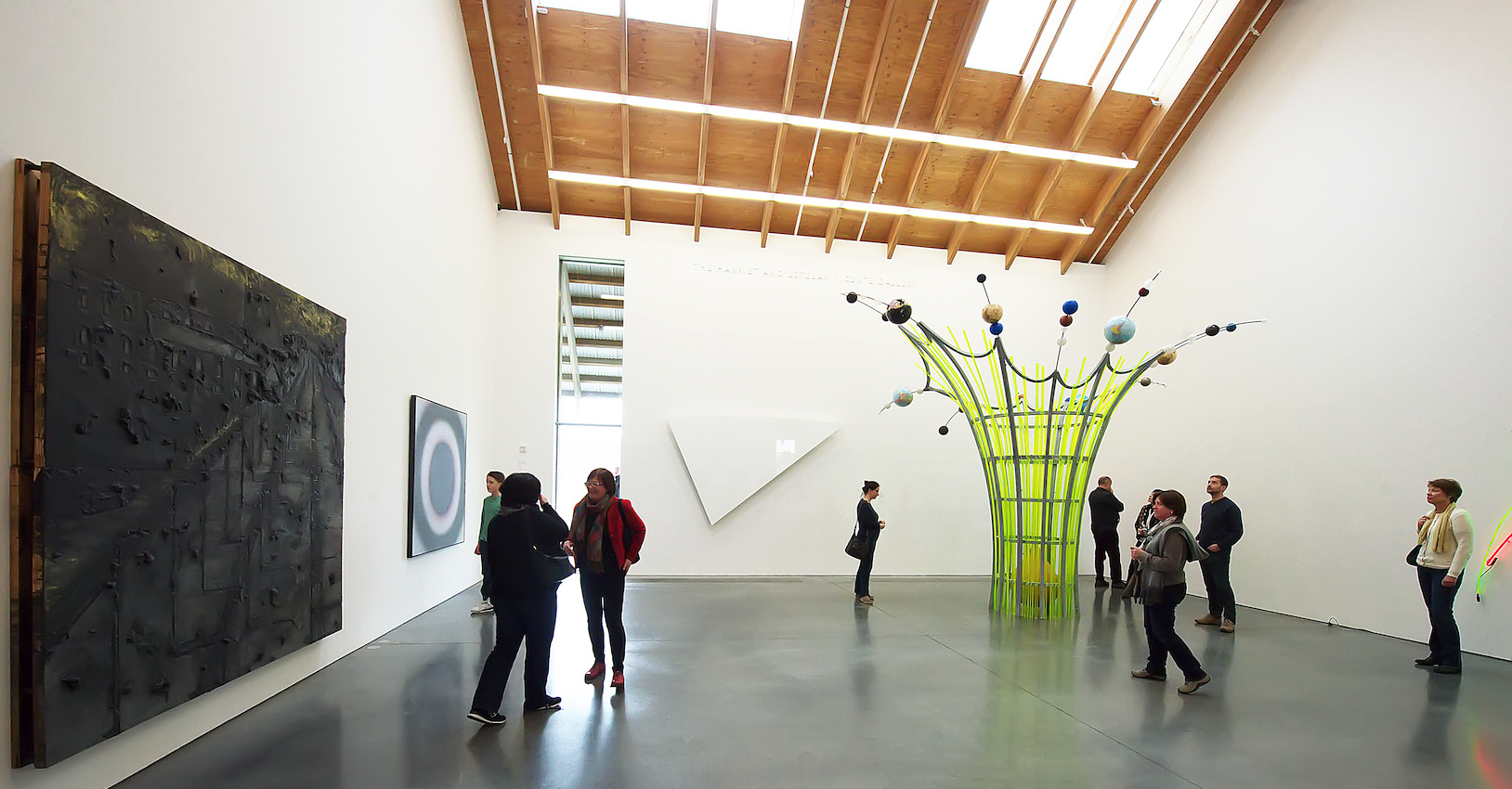 Parrish Art Museum, Water Mill, New York. Photo: Daniel Gonzalez
Parrish Art Museum, Water Mill, New York. Photo: Daniel Gonzalez
TS: Every day is a new adventure. We have very much enjoyed introducing works to each other, creating fresh contexts for “social interaction” among them that cause us to newly understand and appreciate even works we feel we know well. I imagine using a phrase like “social interaction” when talking about an art installation might seem counterintuitive, but it is like that for us—the artworks do talk to each other, and to our visitors.
WW: You’ve said, “People think having boundaries is hard but I’ve always thrived in a museum that has them. These smaller, more regional institutions present some of the best opportunities for creativity.” Why is that true for you, do you think? How do the Parrish’s boundaries, specifically, create opportunities for you as the director and for the museum’s curators?
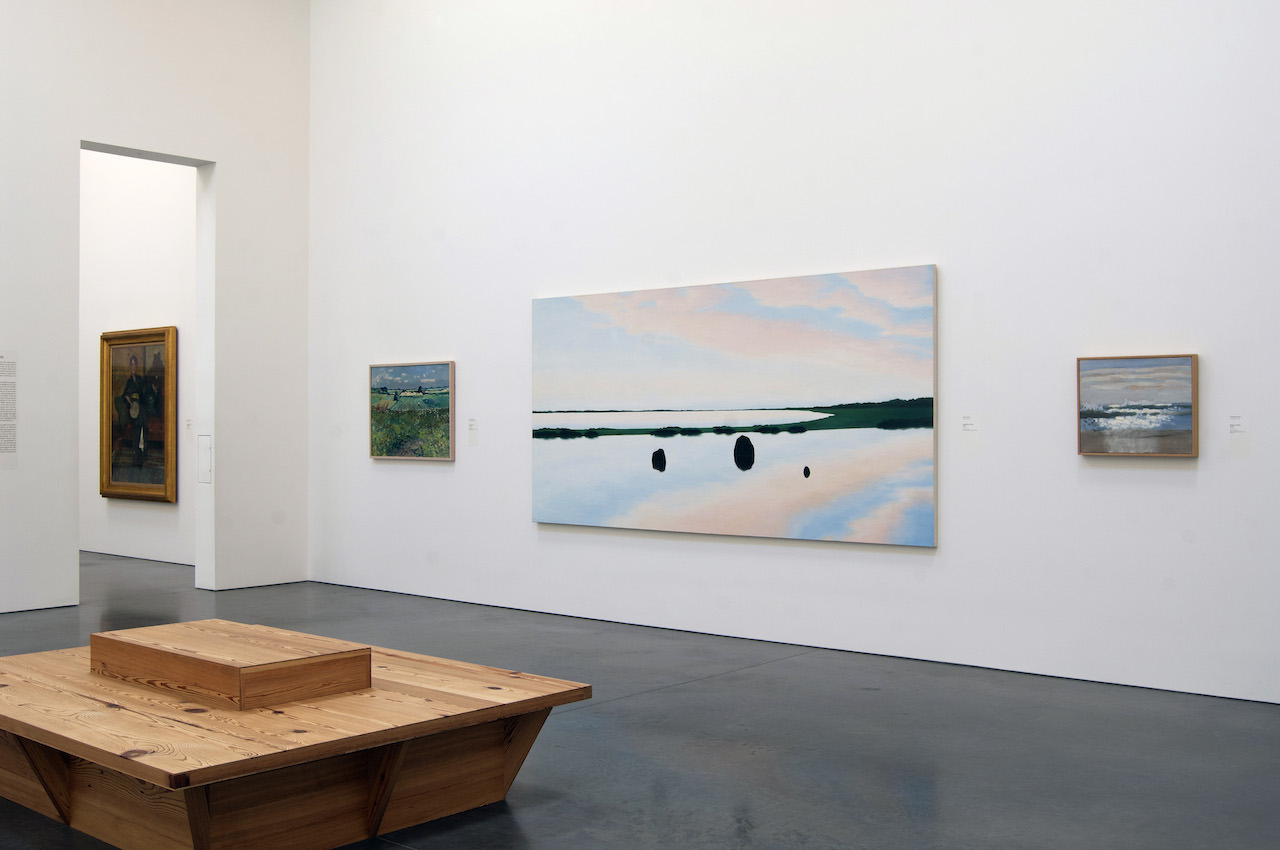 Installation view of the Permanent Collection Exhibition Painting Horizons, on view November 8, 2014 ¬– November 6, 2015 at the Parrish Art Museum, Water Mill, New York. Photo: Gary Mamay
Installation view of the Permanent Collection Exhibition Painting Horizons, on view November 8, 2014 ¬– November 6, 2015 at the Parrish Art Museum, Water Mill, New York. Photo: Gary Mamay
TS: When there are unlimited resources and no boundaries, I find it inhibits broad creative thinking. I mean this for myself professionally as a director and curator. Thinking about how to maximize the resources available to me is inspiring. By resources, I mean not only financial, but also aesthetic and philosophical resources. The Parrish is located in one of the most vibrant artist communities in the nation, and our mission encourages us to explore the historical and contemporary ideas and ideals that are embodied by the artists who have worked and continue to work here. Some might consider that a boundary. By contrast, we all think of that as an enormously rich territory to mine.
WW: How do you find artist responding to these kinds of boundaries?
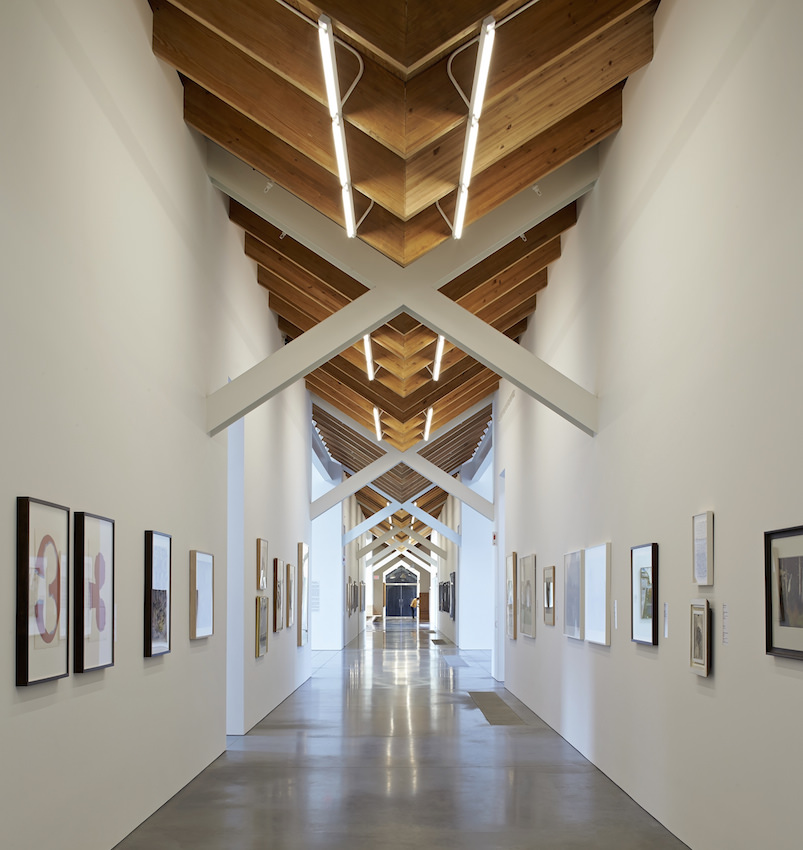 Parrish Art Museum, Water Mill, New York. Photo: © Hufton + Crow
Parrish Art Museum, Water Mill, New York. Photo: © Hufton + Crow
TS: Artists set their own boundaries in their studios. They might set what seems to outsiders as arbitrary rules against which to work. I don’t try to set boundaries for artists myself when working with them. I especially enjoy learning new things about our galleries and our surroundings from artists who look at this from a completely different point of view.
WW: Over the next few years, how are you hoping to further develop the museum’s programming and connection to the artistic community of the East End?
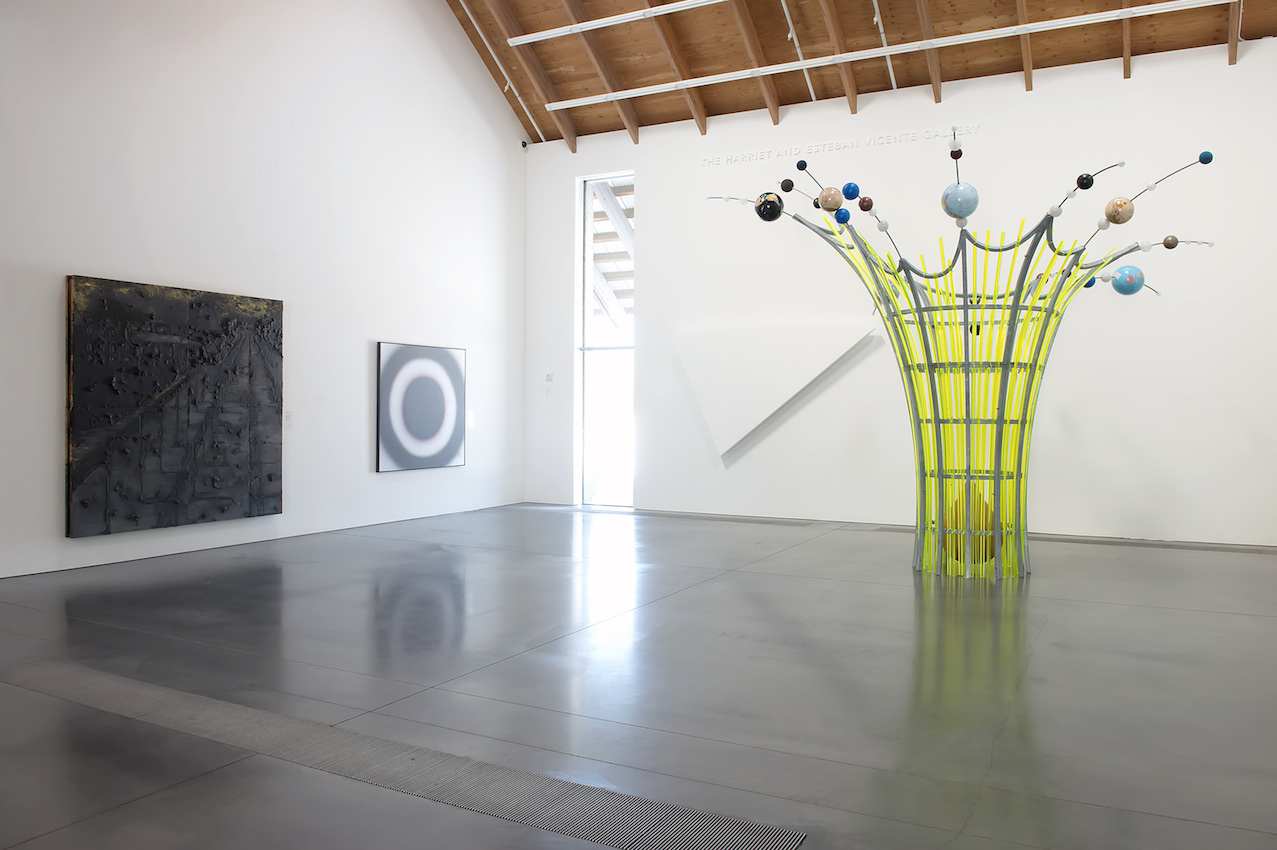 Installation view of the Permanent Collection Exhibition Art. Illuminated., on view November 8, 2014 ¬– November 6, 2015 at the Parrish Art Museum, Water Mill, New York. Photo: Daniel Gonzalez
Installation view of the Permanent Collection Exhibition Art. Illuminated., on view November 8, 2014 ¬– November 6, 2015 at the Parrish Art Museum, Water Mill, New York. Photo: Daniel Gonzalez
TS: Last year we launched a new Artist-in-Residence program with Steven and William Ladd. We featured their work in an exhibition, published a lovely book, and invited them to work here for a month. Their interactions with more than a thousand schoolchildren and adults was one of the most uplifting initiatives we have experienced in the past two and a half years. We plan to expand this program, and have invited Alexis Rockman to show and work here in October 2015.
“Parrish Road Show” is another initiative we created, under the guidance of our Century Arts Foundation Curator of Special Projects, Andrea Grover. Each August she works with emerging artists to create site-specific projects with collaborative partners throughout the East End. Through “Road Show” we have made some wonderful artistic friendships with a very diverse group of artists and institutional partners, ranging from the Bridgehampton Historical Society to Camp Hero State Park in Montauk to Hallockville Museum Farm in Riverhead, among many others. This project gives us opportunities to work with all kinds of artists, and to facilitate their artistic and social interaction with their audiences. We plan to continue this program and grow it along with all our other programs. The potential for connecting with our artistic community is almost endless. It’s managing the growth that we must pay attention to!
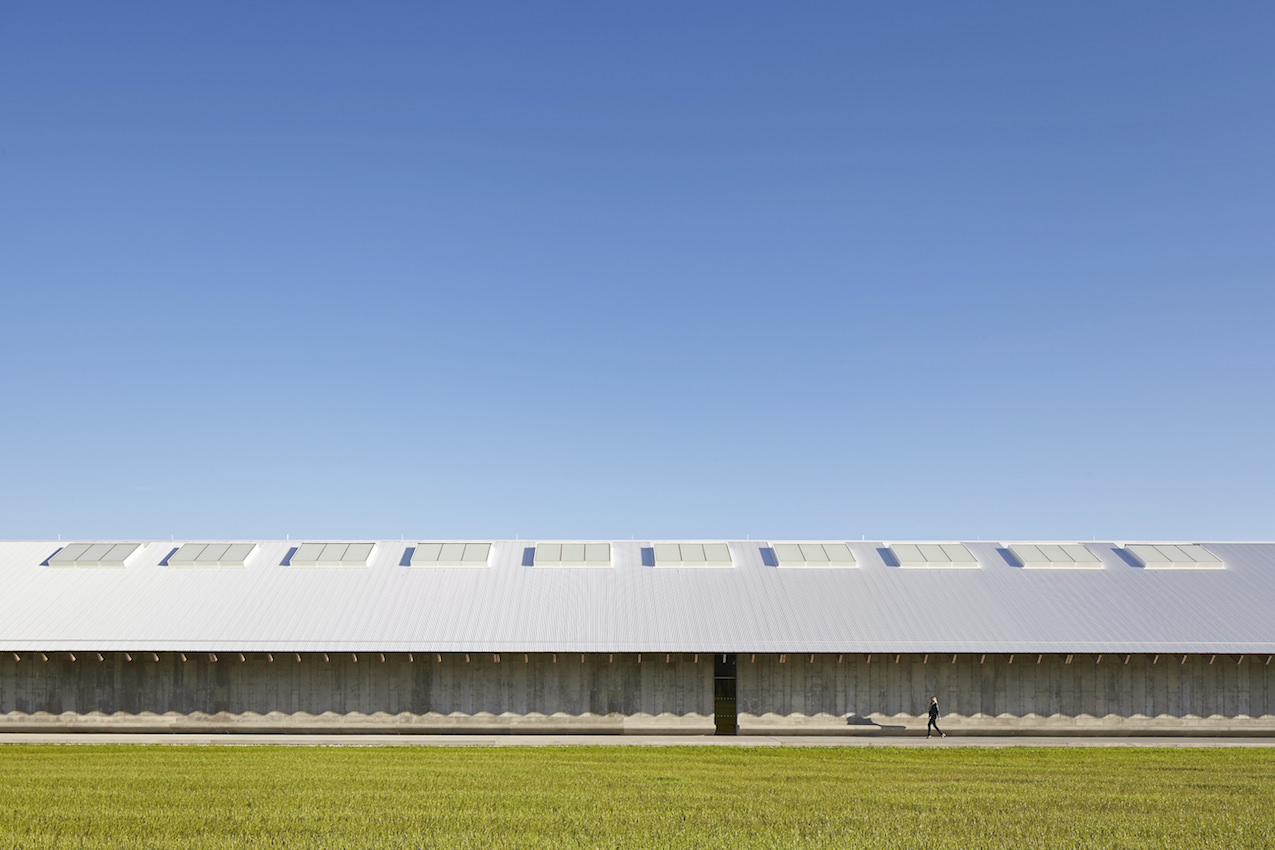 Parrish Art Museum, Water Mill, New York. Photo: © Hufton + Crow
Parrish Art Museum, Water Mill, New York. Photo: © Hufton + Crow
This interview is featured in Whitewall‘s special Hamptons Issue out now.






